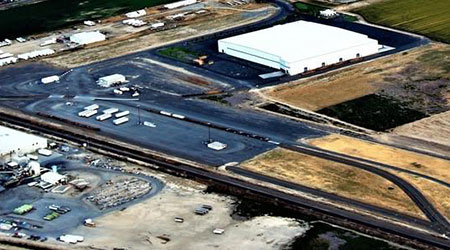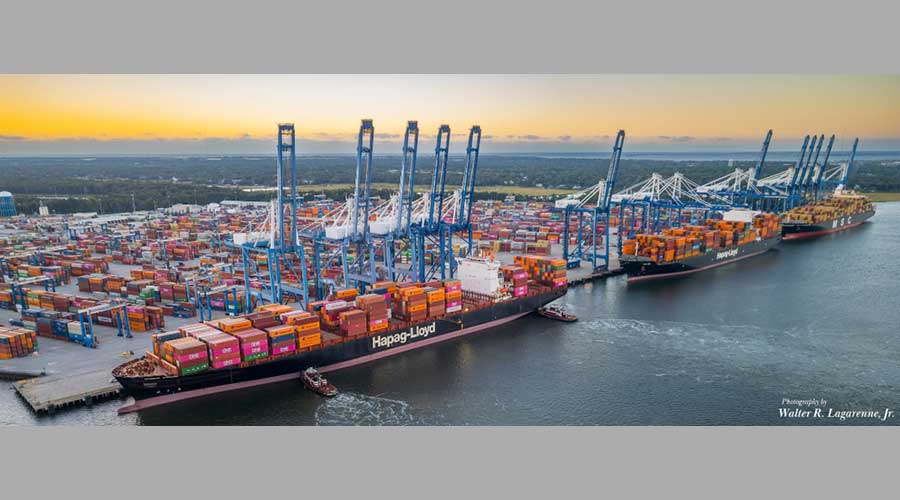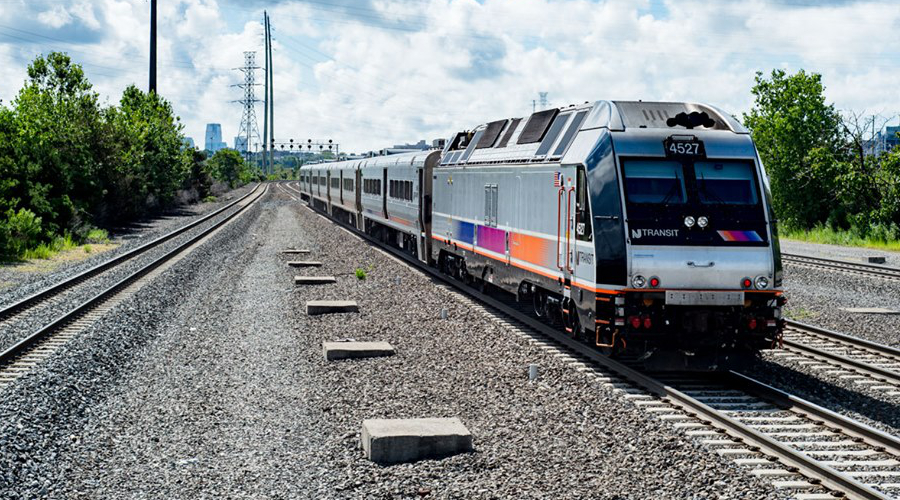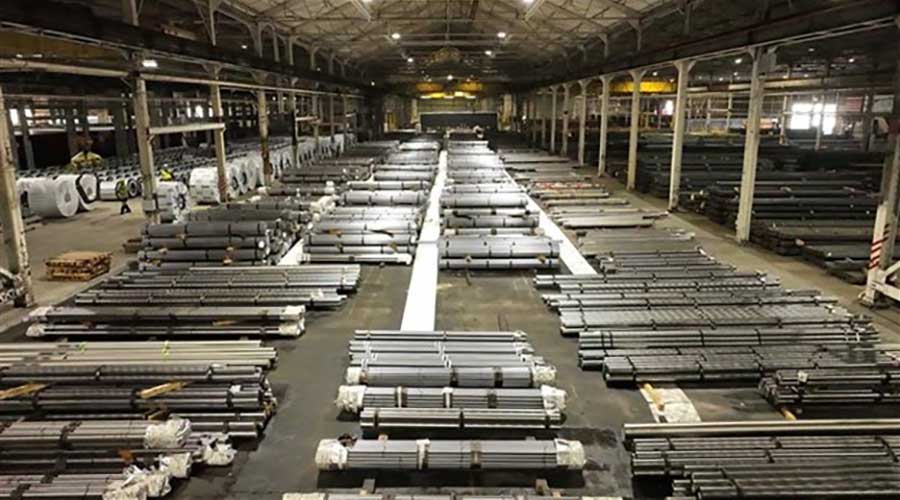Stay updated on news, articles and information for the rail industry
12/27/2019
Rail News: Intermodal
BNSF-served Port of Quincy launches terminal expansion

The Port of Quincy has begun the first phase of a project to expand its intermodal terminal located on BNSF Railway Co.'s mainline in Quincy, Washington, port officials announced earlier this week.
Phase I entails adding gravel surfacing of 90,000 square feet for container storage on the terminal's east and north sides to accommodate an increase in ocean container freight that moves by truck from the Port of Quincy to the ports of Seattle and Tacoma.
The work will include the installation of 8,000 tons of compacted, crushed heavy surfacing granular material, port officials said in a press release.
Phase I is expected to cost $300,000 and be completed in early 2020. The port will fund the project's expense.
Phase 2 will include electrical and lighting system improvements within the terminal. The work will include installation of three additional reefer power units/receptacles for the storage of an additional 30 refrigerated containers within the terminal.
Port officials expect to request state and/or federal assistance to help fund the estimated $400,000 cost of the second phase.
The port's intermodal terminal currently provides storage and loading services for 40-foot export containers of frozen food products going by truck from central Washington to the ports of Seattle and Tacoma. The number of containers being stored and loaded has increased dramatically over the past three years, port officials said.
Additionally, the terminal has more than 8,000 feet of rail storage/siding tracks and can accommodate loading westbound short-haul intermodal trains with 20-foot or 40-foot containers of dry and/or perishable agricultural products.
Moreover, the port has a top pick container loader and small locomotive to move and organize stacked containers within the terminal.


 2025 MOW Spending Report: Passenger-rail programs
2025 MOW Spending Report: Passenger-rail programs
 Gardner steps down as Amtrak CEO
Gardner steps down as Amtrak CEO
 Guest comment: Oliver Wyman’s David Hunt
Guest comment: Oliver Wyman’s David Hunt
 Women of Influence in Rail eBook
Women of Influence in Rail eBook
 railPrime
railPrime







